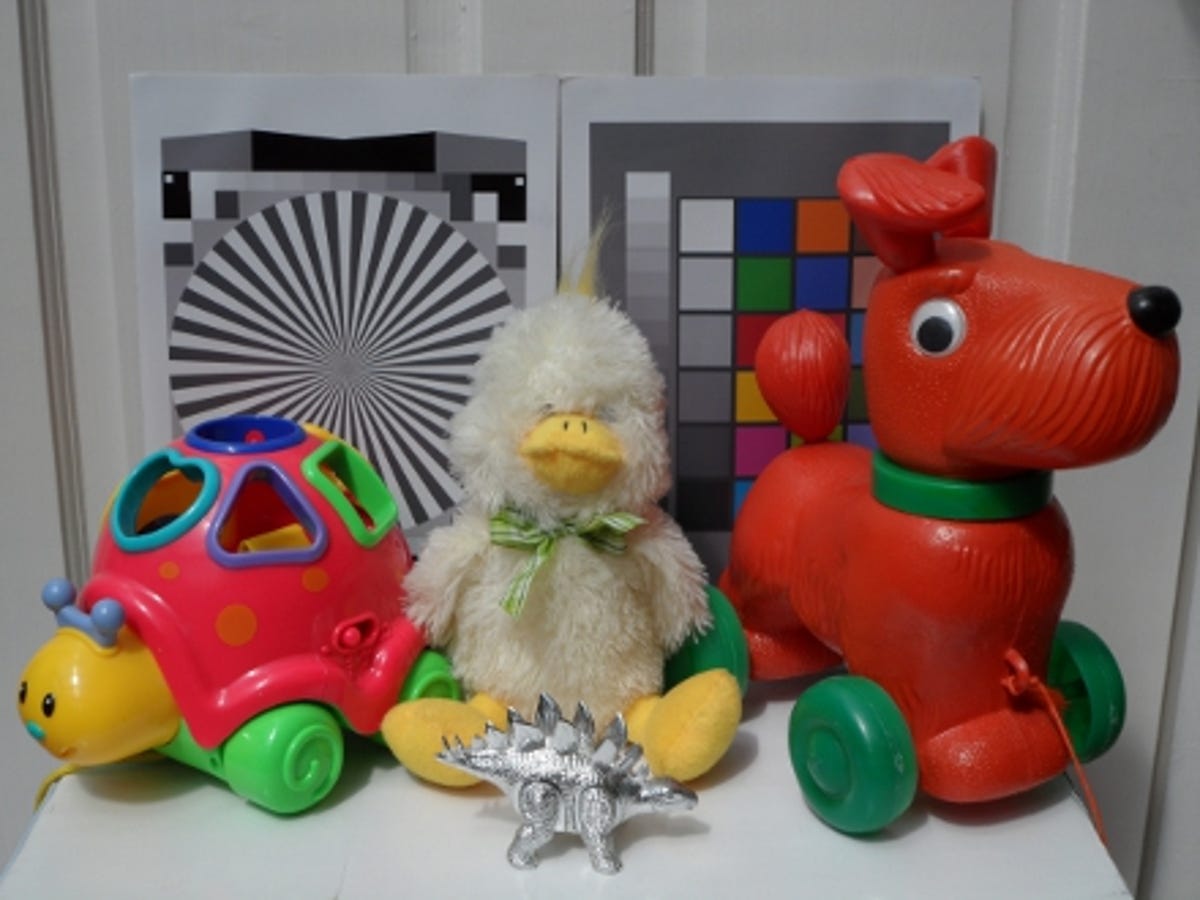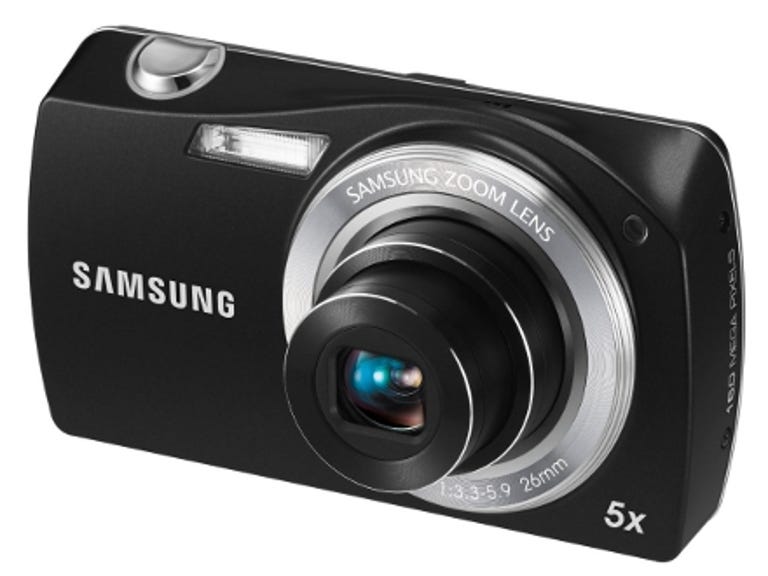 Why You Can Trust CNET
Why You Can Trust CNET Samsung ST6500 review: Samsung ST6500
Although it struggles to differentiate itself from other Samsung models, such as the ST95, the ST6500 is a worthy touchscreen compact camera. It offers generally good picture quality and plenty of tools to play with too.
If you've got £150 burning a camera-shaped hole in your pocket, you might find it hard to choose a snapper, given the sheer number available at this price. Apart from its slim design, what does the Samsung ST6500 offer to convince buyers to part with their cash?
The Good
The Bad
The Bottom Line
Specs
Specs-wise, the camera pushes almost all the right buttons, with a 16.1-megapixel sensor handling all the image-capturing duties and a wide-angle (26mm) lens with 5x optical zoom magnification. Also on hand is hybrid image stabilisation that combines optical and digital anti-shake techniques.
High-definition movies can be recorded at up to a 720p resolution, and an HDMI output socket lets you play them back on the big screen. Sound is, sadly, only captured in mono.
Design
The ST6500 bears one of Samsung's more unusual designs. Stood on a flat surface, the camera leans backwards at a 7 degree angle. A stylish, wave-like curve finishes off the top edge, rounding neatly over the lens housing. As well as looking smart, Samsung reckons the design has a practical use too. It's supposed to make it easier for you to take self-portraits. Still, you won't be able to compose your shot, since the screen is on the rear.

The ST6500 is available in black or silver versions. It's slim, at 19mm thick, and light, at 127g, with the battery and memory card included. The unit is a little wider than some compacts we've seen but this is partly because the rear of the device hosts a large, 3-inch, wide-screen display.
Touchscreen
The screen is touch-sensitive, which means that most of the camera's settings and options are selected with your fingertips. The user interface is good too. It's largely icon-based, which makes it slightly friendlier than most, and it can understand swipes as well as taps. Plus the screen and software are responsive, so you're rarely left waiting for the camera to catch up with your commands.
Physical buttons are fairly scarce. The one you'll be using most -- other than the curved shutter button on the top -- is the home key, which gives you instant access to the ST6500's main functions.
We weren't overly keen on the spring-loaded zoom control. It's vertical, which does actually make sense (up for close in, down for further back), but it takes some getting used to and control of the zoom isn't very precise. The fact that the button feels cheaply manufactured doesn't help.
Shooting modes
'Smart auto' is the default shooting mode. It's available for both still and video capture and handles all the settings while you concentrate on composition. There are plenty of other options to choose from too, all selectable via the touchscreen. Other shooting modes include 'program', 'close up' and 'night shot'.
There are loads of interesting filters and artistic effects to play with too. Many of them, such as 'vignetting' and 'object highlight', work like smart-phone apps, providing sliders that you use to adjust the effect.
Picture quality
Generally speaking, the ST6500's picture quality is good. On the whole, colours are well saturated, contrast levels are decent, and there's plenty of detail, although picture noise is clearly visible even at lower sensitivity settings. Check our first test shot above and you'll see grain in the solid greys and reds, even though the photo was taken at ISO 80. Purple fringing, on the other hand, is very well controlled and blurring is kept to a minimum.
Sensitivity settings go right up to ISO 3,200. While quality and detail taper off quite radically at the higher ISO settings, we were quite pleased with indoor suppressed-flash performance in the mid-range, with ISO 400 offering a comparatively crisp image.
We found the ST6500 had a slight issue with reliability, though. Roughly 95 per cent of the time, the ST6500 will do a pretty good job. But in smart auto mode we found that, occasionally, there were some slight colour discrepancies from shot to shot. In some cases, colours feel heavy and over-saturated, but a snap taken of the same subject seconds later can look much cleaner and more balanced. It's a strange lottery but not necessarily a deal-breaker.
Conclusion
It's hard to tell the ST6500 apart from many of its Samsung siblings, but it's slim, offers plenty of useful modes and effects, and produces good results most of the time. It's a worthy snapper.
Edited by Charles Kloet


